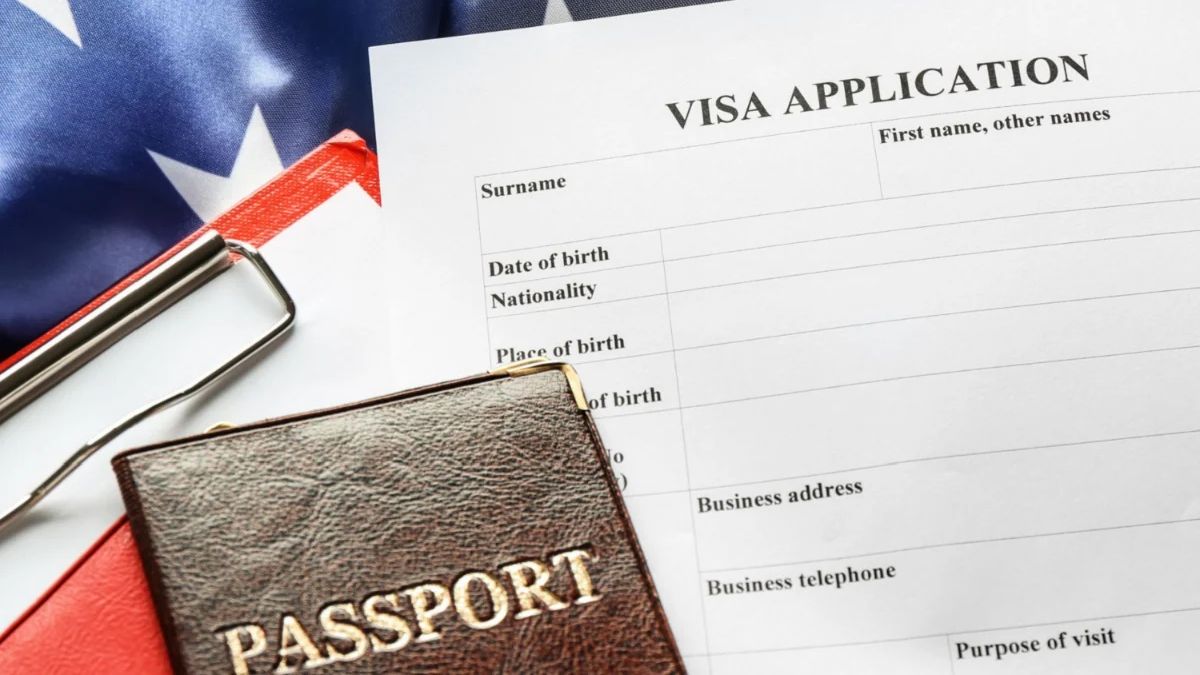With tougher restrictions on student and H-1B visas under the Trump administration, a growing number of Indian nationals are now turning to US investment visas as a more reliable path to permanent residency, The Indian Express reported.
One such option is the existing EB-5 visa programme, which offers a green card to individuals who invest at least $800,000 in job-creating projects in the US. This programme is set to be replaced by a new $5 million residency visa known as the “Gold Card”, announced by President Donald Trump in February. Though the Gold Card programme is yet to launch formally, interest has already surged.
According to the American Immigrant Investor Alliance (AIIA), Indian interest in the EB-5 visa has significantly increased since April 2024. Data from the United States Immigration Fund (USIF), which operates EB-5 regional centres, supports this trend.
“In the first four months of FY2025 (October 2024 to January 2025), Indian applicants filed more than 1,200 I-526E petitions across reserved categories — more than any prior full year,” said Nicholas Mastroianni III, president and CMO of USIF.
Immigration experts say a key reason for this shift is the backlog in traditional visa categories. With over 11 million immigration applications currently pending, many see EB-5 as the fastest and most assured route to a green card.
Data from Invest in the USA (IIUSA), the national association representing the EB-5 industry, shows that 1,428 EB-5 visas were issued to Indians in FY2024, up from 815 the previous year. Until 2017, annual issuances rarely crossed 200.
Impact Shorts
More ShortsThe EB-5 programme, introduced by the US Congress in 1992, offers a path to permanent residency for investors, their spouses, and children under 21, in exchange for creating jobs in the US economy. In 2022, reforms were introduced to add flexibility and improve scrutiny over funding sources, which experts say boosted confidence among wealthy Indian applicants.
Between October 2024 and March 2025 alone, 649 Indians were granted EB-5 visas through consular processing, a sign that a wave of applications from the previous fiscal year has now matured.
The route is also becoming more popular among those already in the US on student or work visas. “Students and individuals on H-1B visas currently represent the primary group seeking lawful means to remain in the US with the ability to work,” said Sukanya Raman, country head of immigration law firm Davies & Associates, LLC.
She added that Indian nationals already in the US who apply through EB-5 now receive automatic work and travel permits within 3–6 months of filing their I-526E petition, benefits that remain valid until their green card is approved.


)

)
)
)
)
)
)
)
)



